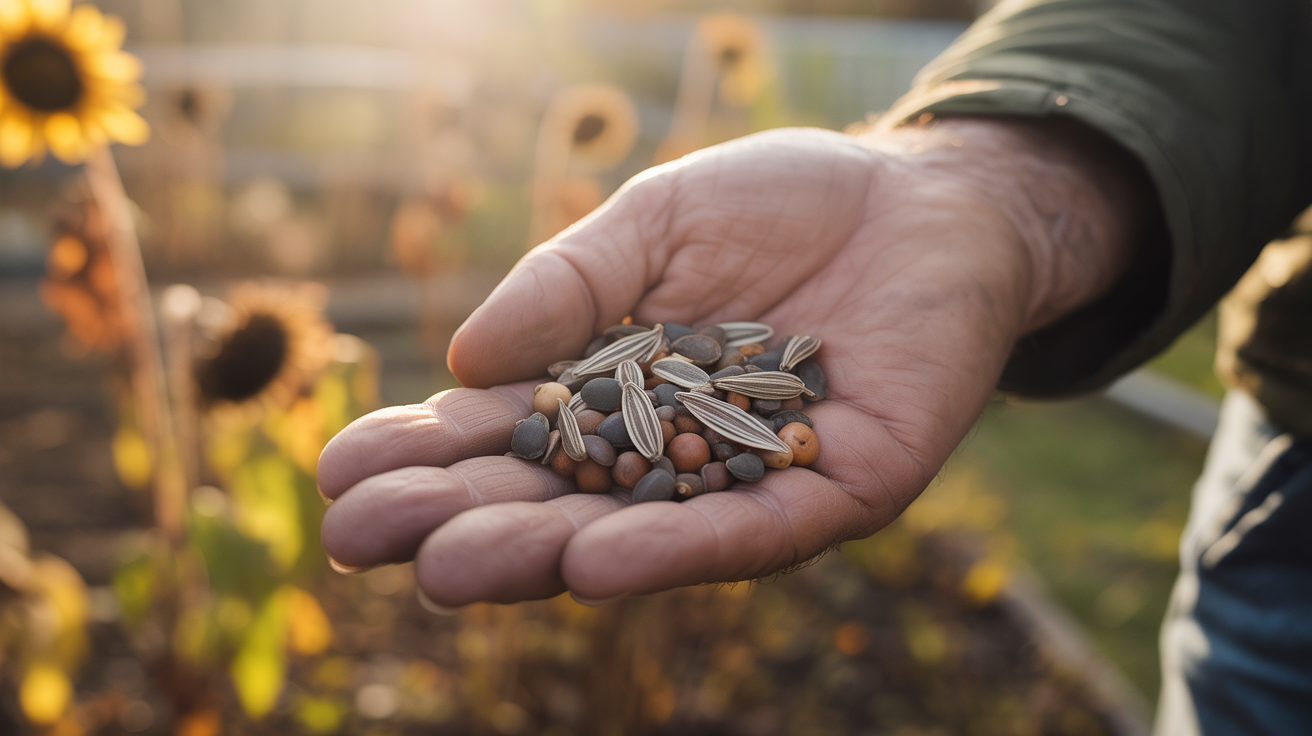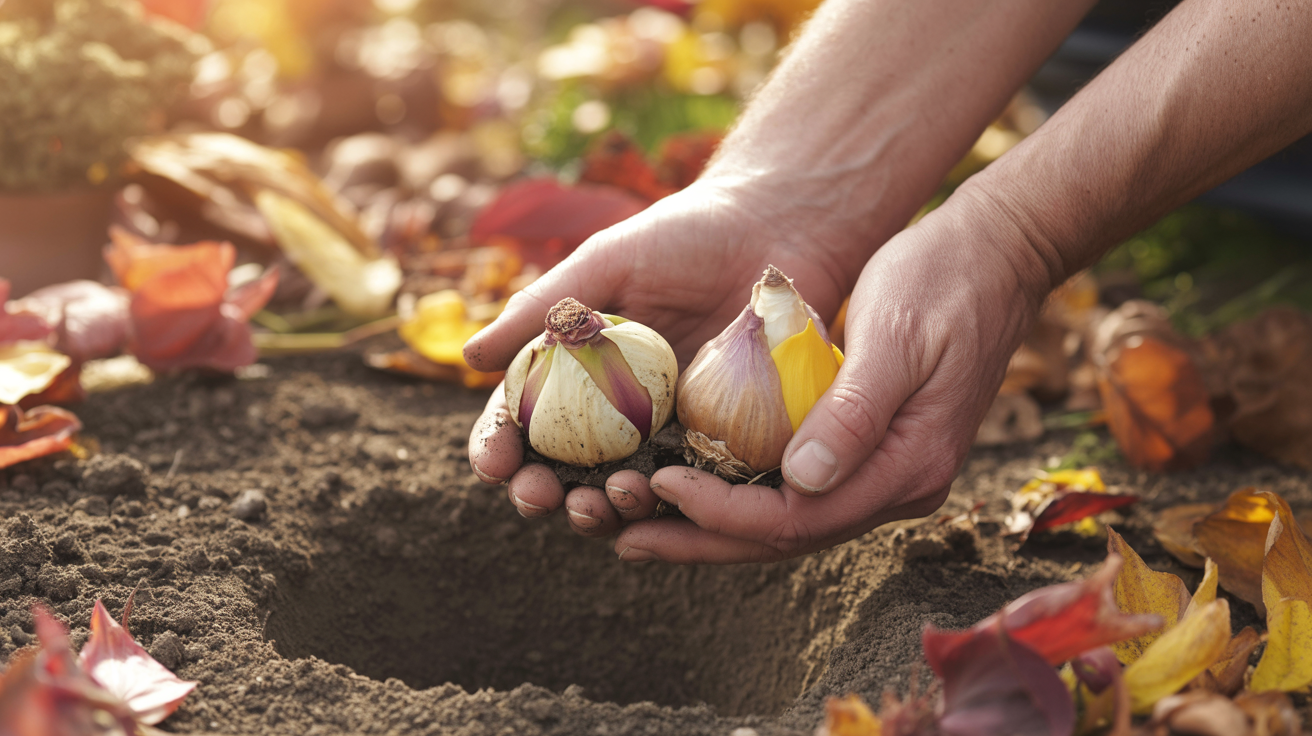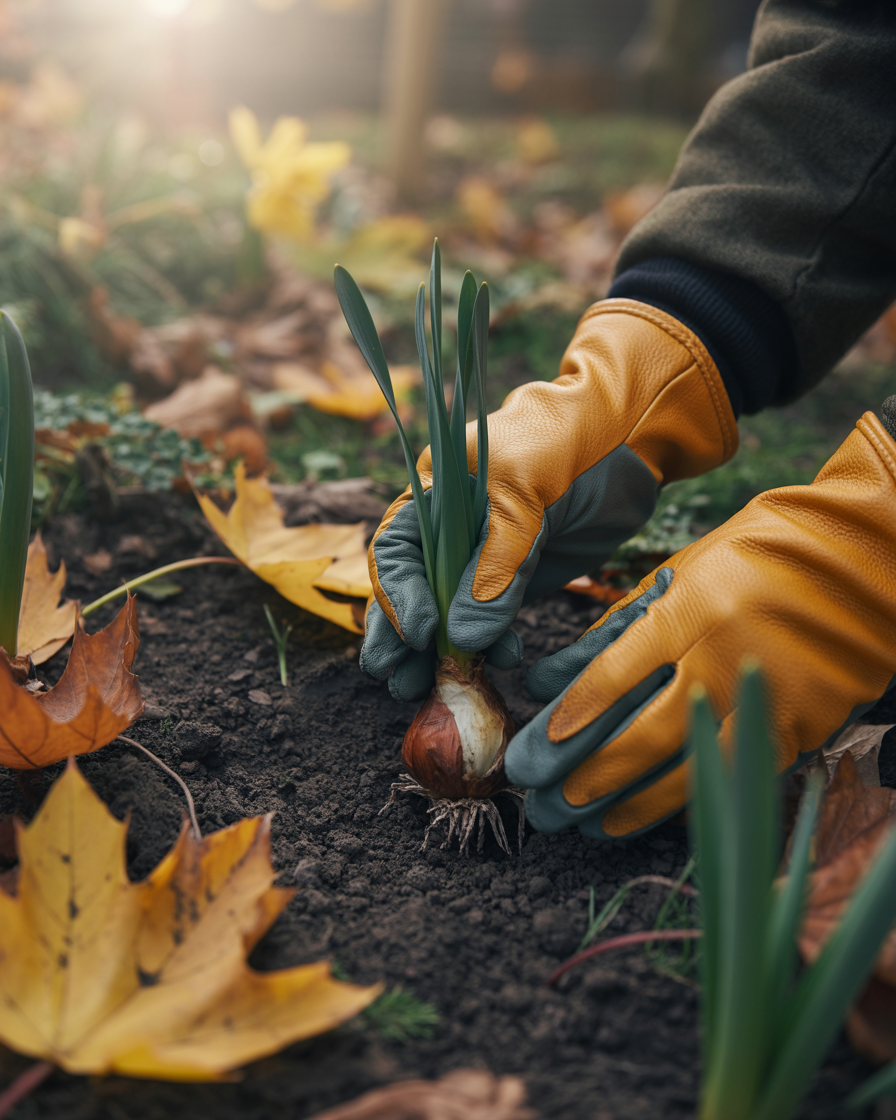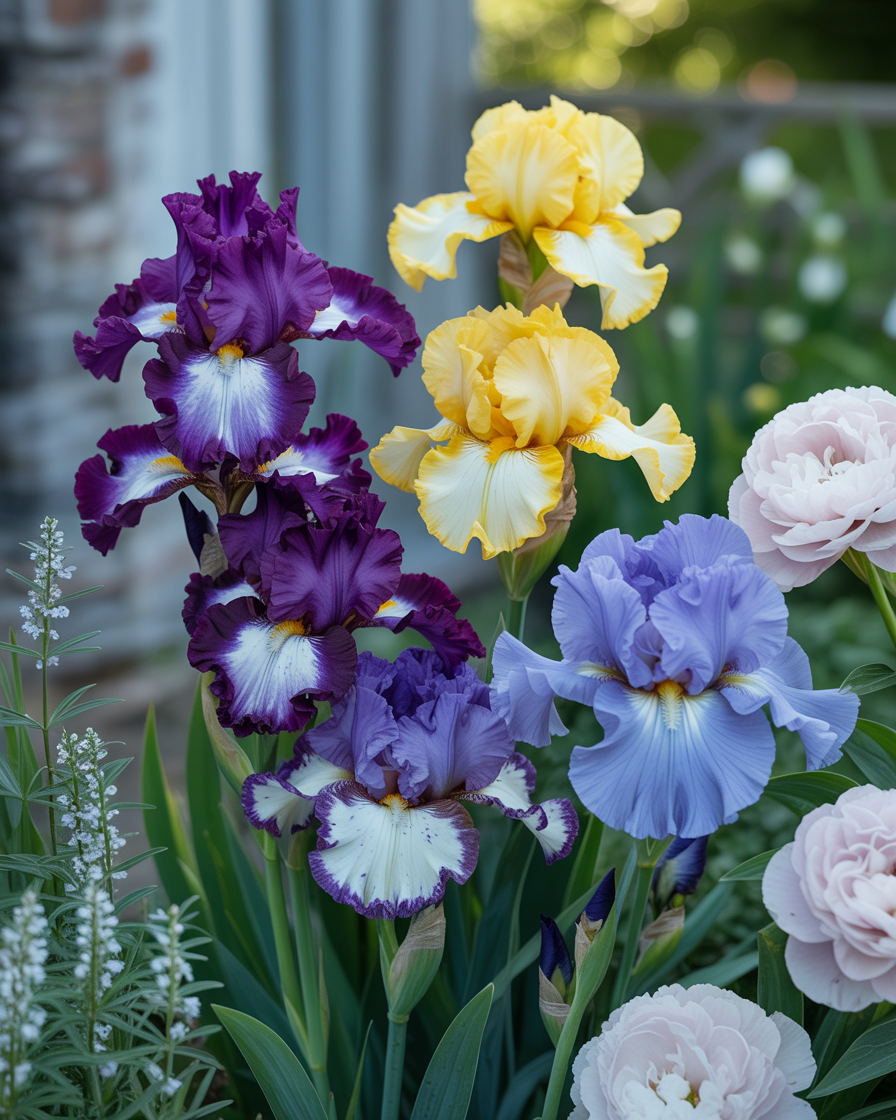🪻 Dividing Perennials
When, Why, and How to Multiply Your Garden's Beauty
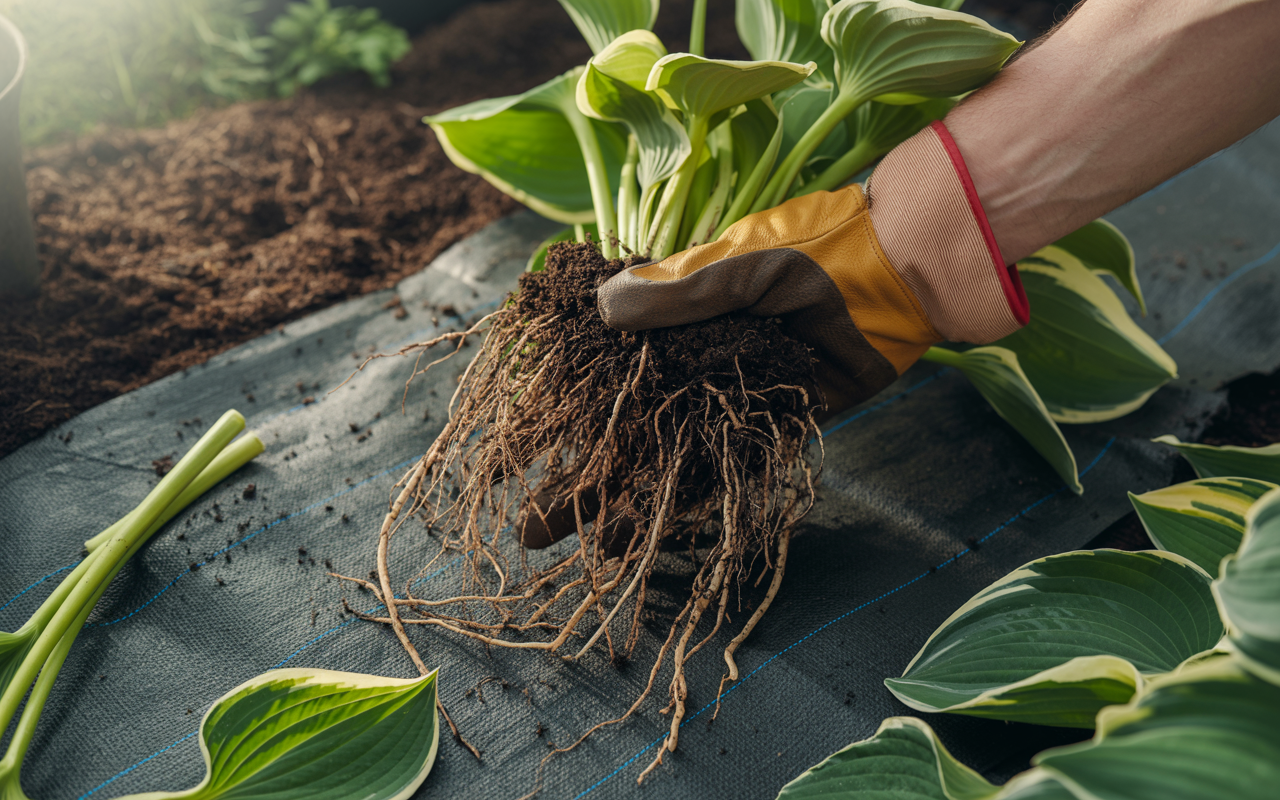
Fall is the perfect time to get hands-on in the garden—and one of the most impactful tasks you can tackle right now is dividing perennials. Whether you’ve got a hosta that’s grown too large, a clump of irises in need of breathing room, or daylilies that have stopped blooming their best, division is a gardener’s best friend.
In Northern Illinois (Zone 5), early fall offers ideal conditions: cooler air, warm soil, and more predictable rainfall. And yes—it’s absolutely okay if you missed the traditional spring window. With the right technique, you can divide and transplant well into the fall season.
🌿 Why Divide Perennials?
Perennials are living investments that expand with time. But just like anything that outgrows its space, they need a little maintenance to keep thriving.
- Improve health and vigor: Overcrowded plants compete for nutrients and water, often resulting in smaller blooms and weaker foliage.
- Increase blooms: Many perennials, including irises and daylilies, bloom more after being divided.
- Rejuvenate older plants: Plants like astilbe and hosta benefit from being reset every few years.
- Fill in bare spots: Turn one plant into three or more by dividing and relocating them around your garden—or share with friends!
🧑🌾 How to Know It’s Time to Divide
If your perennial clump is blooming less, looking tired, or forming a “doughnut” shape (where growth is strongest around the outer ring), it’s time to divide. Fall-blooming perennials should be divided in spring, but spring and summer bloomers can be safely tackled now.
Look for:
- Sparse blooms or center die-out
- Signs of overcrowding
- Roots growing out of the ground or competing with nearby plants
🛠️ Step-by-Step Division Tips
1. Prep the Day Before: Water deeply the night before to loosen soil and reduce stress. If it hasn’t rained recently, this step is key.
2. Dig Carefully: Choose a cloudy or cool day if possible. Use a sharp spade or shovel and dig around the perimeter of the plant, preserving as much of the root system as you can. Lift the plant gently out of the ground.
3. Split Thoughtfully: Use your shovel, knife, or even hands to divide the root ball into smaller sections. Each division should have healthy roots and growing points (foliage or buds).
- Hostas: Can be cut into halves or quarters with a spade.
- Irises: Trim foliage to 4–6” stubs and break off damaged rhizomes.
- Daylilies: Pull apart clumps and trim foliage back by half.
4. Clean Before Replanting: Remove weeds, dead roots, and damaged foliage. Never replant anything infested with weeds or disease.
5. Replant Promptly: Dig a new hole slightly wider than the root ball. Place the division at the same depth it was growing before. Water in well and mulch lightly.
6. Hold the Fertilizer: Give your plant a few weeks to establish before feeding. Too much too soon can overwhelm stressed roots.
💡 Gardener's Tip: Sharp Tools Make a Big Difference
Keep a dedicated, sharp shovel on hand for divisions. It reduces effort and causes less root damage. If you’ve never sharpened your shovel, it’s worth learning!
📹 Want to See Division in Action?
Michelle walks you through everything—from lifting hostas to prepping iris rhizomes and replanting clean divisions. It’s full of practical, real-world gardening advice for anyone tackling perennial divisions this fall.
🏁 Wrap-Up
Dividing perennials might sound intimidating, but once you get the hang of it, it becomes one of the most satisfying fall tasks. It’s a great way to refresh your beds, propagate your favorites, and prepare your garden for even more beauty next year.
So grab your sharp spade and get started—you’ll thank yourself come spring!





